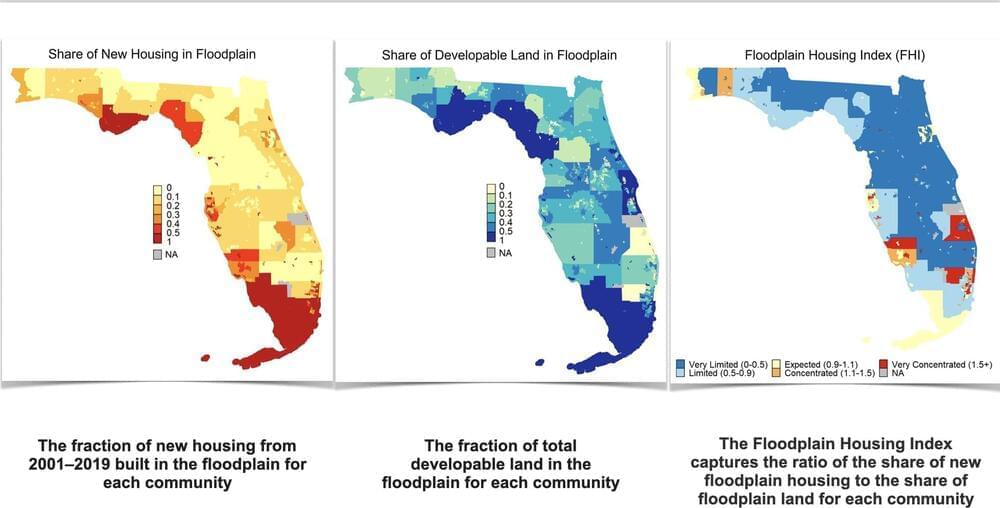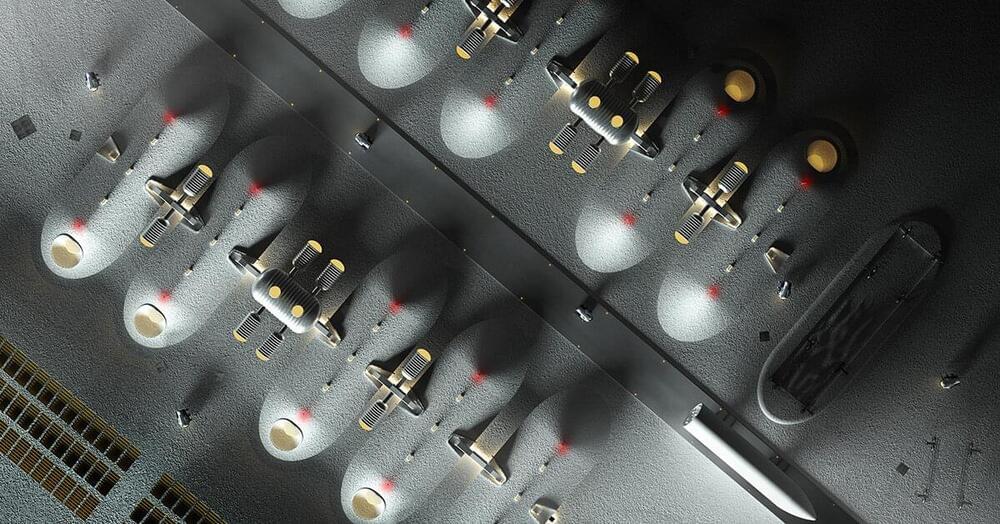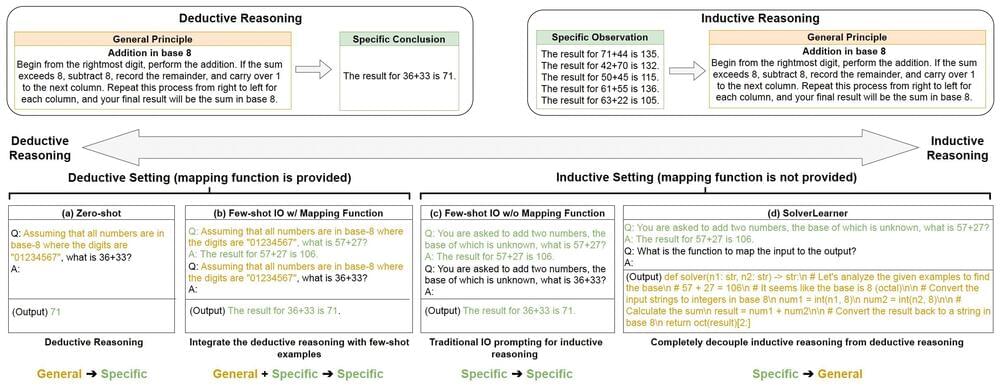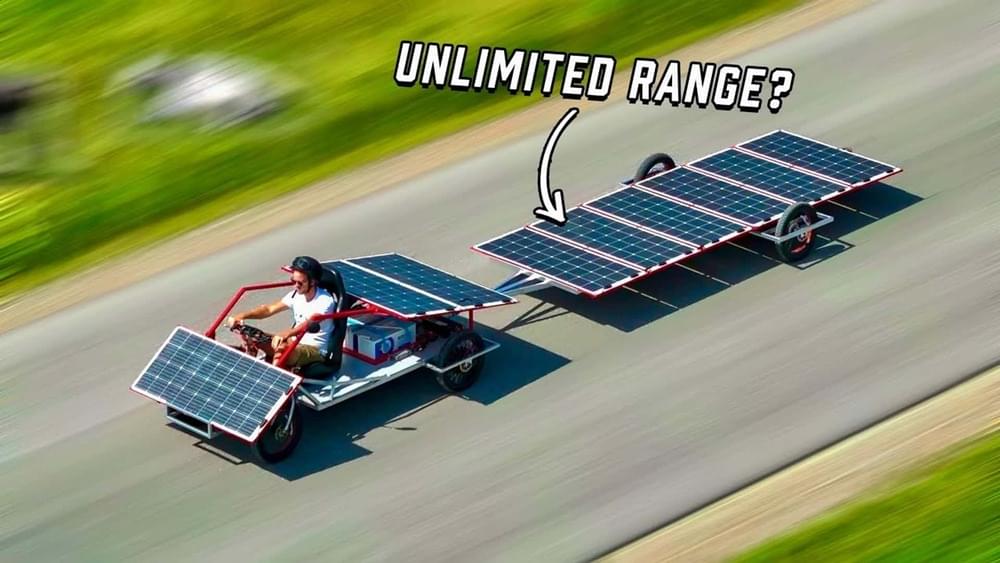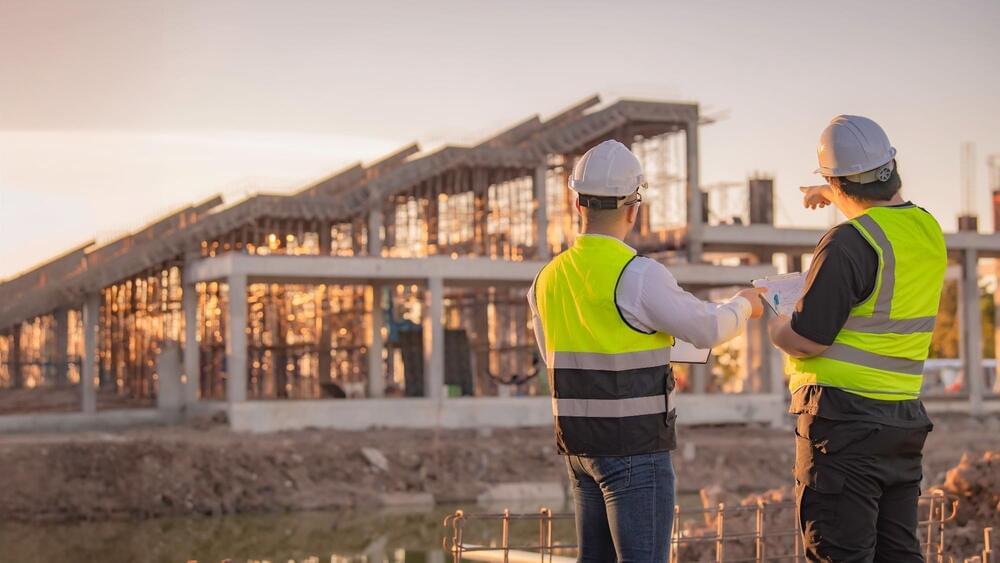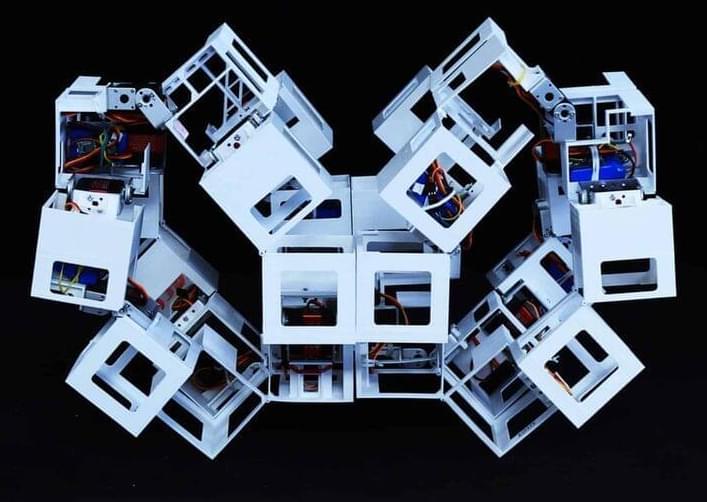We break down everything we know about 1X Technologies’ new humanoid robot designed for homes, the Neo Beta.
Read the CNET Article:
Humanoid Robots Head Home: Meet NEO Beta https://cnet.us/8o7
0:00 Introduction.
0:18 Video Teaser.
0:42 What Makes 1X Different.
1:22 Specs.
1:45 A Robot in Clothing?
2:05 Capabilities.
2:15 1X’s Previous Robot Eve.
2:49 What’s Next?
3:05 Backed by OpenAI
Never miss a deal again! See CNET’s browser extension 👉 https://bit.ly/3lO7sOU
Check out CNET’s Amazon Storefront: https://www.amazon.com/shop/cnet?tag=lifeboatfound-20.
Follow us on TikTok: / cnetdotcom.
Follow us on Instagram: / cnet.
Follow us on X: https://www.x.com/cnet.
Like us on Facebook: / cnet.
CNET’s AI Atlas: https://www.cnet.com/ai-atlas/
Visit CNET.com: https://www.cnet.com/
#Robot #Humanoid #WTF #robotics #ai
